1. Refrigerators
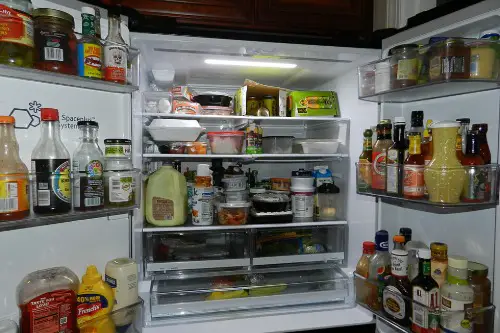
Believe it or not, refrigerators were once a luxury item, and many households relied on iceboxes to keep food cold. Only wealthier families could afford electric refrigeration, while others had to buy fresh food daily or store items in underground cellars. Today, a fridge is considered a basic necessity, and it’s hard to imagine a home without one, Whirpool shares. Keeping food fresh for days or even weeks is a fundamental part of modern life.
The widespread use of refrigerators has changed the way we shop, eat, and store food. Grocery shopping once required multiple trips per week, but now people can buy in bulk and store perishables for much longer. Restaurants, hospitals, and schools all depend on refrigeration to keep food safe. While high-tech, smart fridges are still considered a luxury, having a standard fridge is an expectation in every household.
2. Smartphones
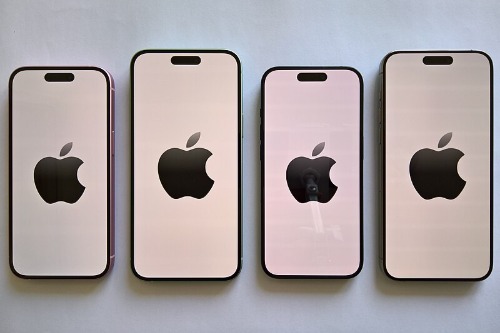
When cell phones first came out, they were bulky, expensive, and only used by business professionals or those with disposable income. Fast forward to today, and smartphones are practically glued to people’s hands, serving as their primary tool for communication, navigation, and even banking, Yudhijit Bhattacharjee from National Geographic explains. It’s no longer just about making calls—having a smartphone is essential for checking emails, verifying work schedules, and even ordering groceries. Many government and healthcare services now assume that people have smartphones, making it harder to function without one.
The shift from luxury to necessity is clear when you consider how much of modern life requires a smartphone. Need to apply for a job? You’ll likely need to fill out an application online. Want to access your bank account? Many banks now require mobile authentication. A device that was once seen as an unnecessary extravagance is now something most people can’t live without.
3. Air Conditioning
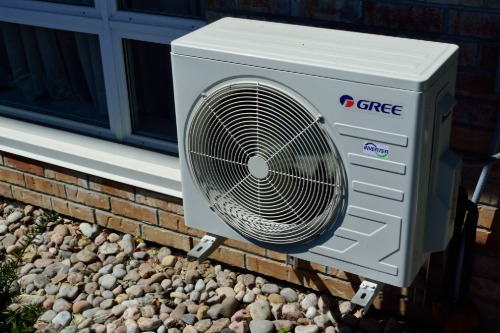
Not too long ago, air conditioning was a luxury that only wealthy households or businesses could afford. Many homes relied on open windows, ceiling fans, or even spending time outside to escape the summer heat. Today, air conditioning has become an expected part of everyday life, especially in states with extreme temperatures like Arizona, Texas, and Florida, according to Haleema Shah from Smithsonian Magazine. Schools, workplaces, and public buildings are now almost required to have it, as people see it as essential for comfort and health.
The widespread availability of air conditioning is partly due to advances in technology that have made units cheaper and more efficient. But it’s also a reflection of how our expectations have changed—many people now consider a space unlivable if it doesn’t have AC. The rising frequency of heat waves and the risks of heat-related illnesses have also made cooling systems more of a necessity than a luxury. In some places, landlords are even required to provide AC, a stark contrast to past generations who never had it at all.
4. Internet Access
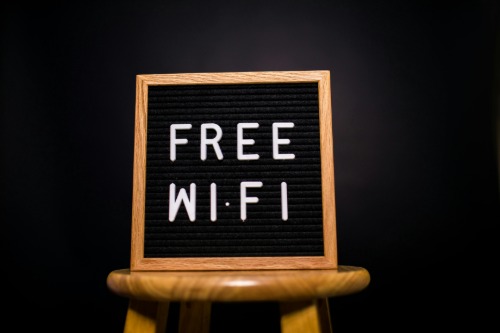
There was a time when having internet at home was seen as a privilege, something reserved for tech-savvy individuals or those with extra money to spend. Dial-up connections were slow and expensive, and many people relied on libraries or workplaces to get online. Now, high-speed internet is considered just as essential as running water or electricity, with people relying on it for everything from work to healthcare, Tomoko Yokoi from Forbes explains. It’s nearly impossible to function in today’s world without an internet connection, whether it’s for job applications, school, or even staying connected with family.
The pandemic made this shift even more obvious when remote work and online learning became the norm. Internet access is now so critical that some cities and states are investing in public Wi-Fi and subsidized broadband programs for low-income families. Many schools require students to submit assignments online, and telehealth has made medical care dependent on a strong internet connection. What was once a convenience has now become a requirement for participating in modern society.
5. GPS and Navigation
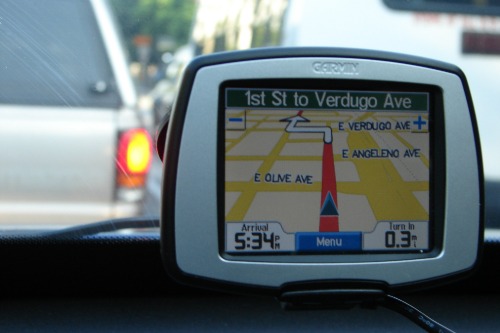
Before GPS, if you needed to get somewhere new, you had to rely on paper maps or written directions. Those who could afford in-car navigation systems were seen as having a high-tech advantage. Today, GPS is built into almost every smartphone and car, and most people can’t imagine traveling without it, Alexandra Witze explains in Scientific American. Whether you’re driving, walking, or even taking public transportation, GPS is an everyday necessity for getting from point A to point B.
The ability to navigate with ease has become so ingrained in modern life that younger generations struggle with reading physical maps. Even emergency services and delivery drivers rely on GPS to do their jobs efficiently. Some businesses now assume customers will use GPS to find their location, removing detailed directions from their websites. What used to be an expensive add-on is now a built-in expectation.
6. Hot Showers
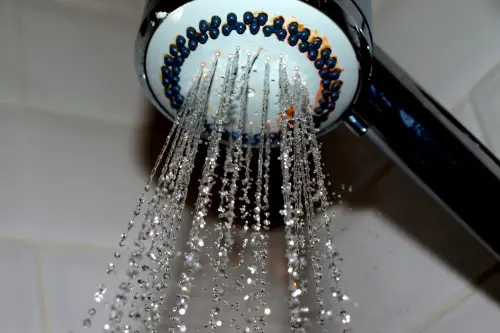
Once upon a time, hot showers were a luxury that only the wealthy could enjoy, with most people relying on cold water for bathing. Water heaters were expensive, and in some rural areas, people had to heat water on the stove just to take a warm bath. Today, hot water is something we take for granted, and most homes are equipped with water heaters as a basic feature. Few people would be willing to start their day with an ice-cold shower.
Having access to hot water is now seen as a necessity for hygiene and comfort. In colder regions, not having hot water can even be a health risk. Many landlords are legally required to provide hot water, and going without it is considered an emergency. What was once a rare privilege is now something people expect in every home, hotel, and gym.
7. Washing Machines
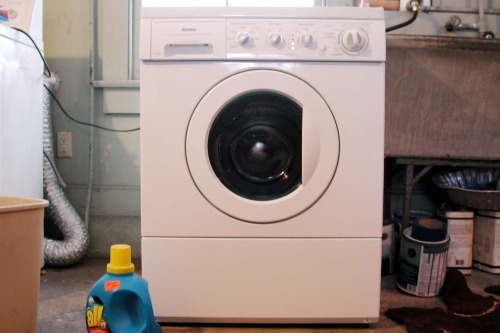
Not too long ago, washing clothes meant scrubbing them by hand or using a communal laundry service, both of which were time-consuming and physically exhausting. Having a personal washing machine was a luxury, and laundromats were the only option for many families. Today, most homes either have their own washer or access to one in an apartment building. It’s become an expectation that people can easily wash their clothes at home without much effort.
The convenience of washing machines has drastically changed household routines, freeing up time and effort. In many places, people consider it an inconvenience to go without a washer for even a few days. While laundromats still exist, they’re now seen more as a backup plan rather than the main way to clean clothes. Owning a washing machine has gone from a privilege to something most people assume they’ll have access to.
8. Microwaves
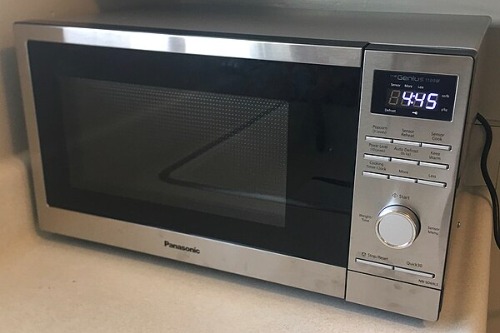
When microwaves first hit the market, they were expensive and considered cutting-edge technology. Only wealthier families could afford to have one, and many people were skeptical of their usefulness. Today, a microwave is a kitchen staple, found in nearly every home, office, and hotel room. They’re essential for reheating leftovers, making quick meals, and even preparing coffee in a hurry.
Microwaves have become so common that many people don’t even think about how much they rely on them. They save time, reduce food waste, and make cooking accessible to people with busy schedules. Fast food and frozen meal industries have adapted to microwave technology, making it even more essential. What was once a futuristic gadget is now an everyday necessity.
9. Credit and Debit Cards
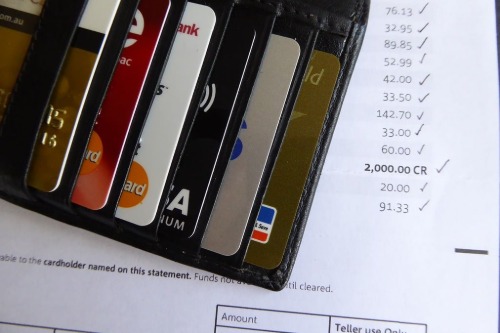
There was a time when most transactions were done with cash or checks, and only a select few carried credit cards. Having a credit card was considered a luxury, and banks often reserved them for wealthier clients. Today, debit and credit cards are essential for nearly every transaction, whether it’s shopping online or paying bills. Many businesses are even going cashless, making plastic the default way to pay.
The shift to a cashless society means that not having a card can be a real inconvenience. Some services, like ride-sharing apps and online subscriptions, require a card to even sign up. The rise of digital payments and mobile banking has made carrying cash almost unnecessary. While credit cards used to be a status symbol, they’re now a practical necessity for modern life.
10. Streaming Services
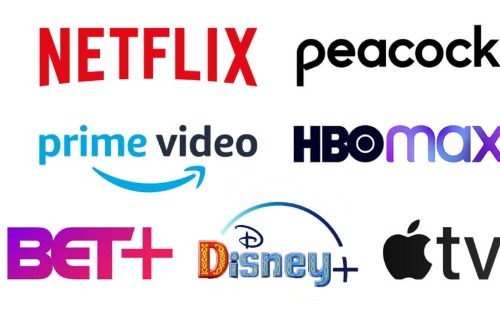
Back in the day, if you wanted to watch a movie, you either went to the theater, rented a VHS or DVD, or waited for it to air on TV. Cable was considered a premium service, and on-demand entertainment was a luxury. Today, streaming services like Netflix, Hulu, and Disney+ have made instant access to movies and TV shows an expected part of life. Many people, especially younger generations, can’t imagine a world where they have to wait for a specific time to watch their favorite shows.
Streaming has transformed entertainment into a necessity, with most households subscribing to at least one service. Even public libraries and schools offer streaming access as part of their educational resources. Traditional cable TV is declining because people expect to watch whatever they want, whenever they want. What was once an expensive, futuristic concept is now something most people consider essential for relaxation and social connection.
11. Personal Computers and Laptops
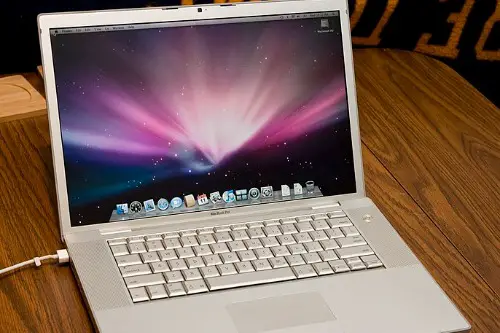
There was a time when owning a personal computer was a status symbol, something only businesses and wealthy individuals could afford. Most people relied on public libraries, internet cafés, or office computers to access technology. Now, a computer or laptop is a basic requirement for work, school, and everyday life. Whether it’s for completing assignments, applying for jobs, or managing finances, having a personal device is practically non-negotiable.
Many schools now require students to have laptops, and workplaces assume employees have access to computers at home. Online banking, shopping, and even scheduling doctor’s appointments often require internet access through a personal device. Government programs even provide free or discounted laptops to low-income families because they’re considered essential. What was once a rare and expensive luxury is now a must-have for nearly everyone.
12. Online Shopping
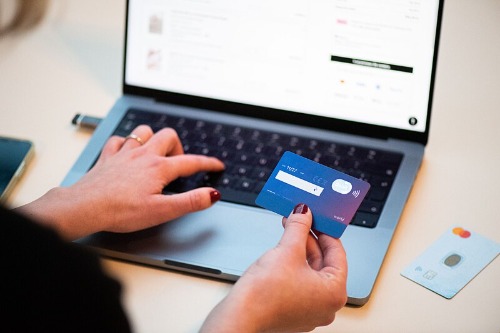
Shopping used to mean going to a physical store, browsing aisles, and waiting in line at the register. Mail-order catalogs existed, but they were considered a special service for those who lived in rural areas. Today, online shopping is the default way many people buy everything from groceries to clothing to household essentials. Companies like Amazon and Walmart have made it possible to order almost anything with just a few clicks.
The shift to online shopping has changed the retail landscape, with many brick-and-mortar stores struggling to compete. Free shipping, same-day delivery, and online-only discounts make e-commerce more convenient than traditional shopping. People now expect to be able to compare prices, read reviews, and have items delivered to their doorstep. What started as a convenience for a select few has become the main way millions of Americans shop.
13. Fitness and Exercise Equipment
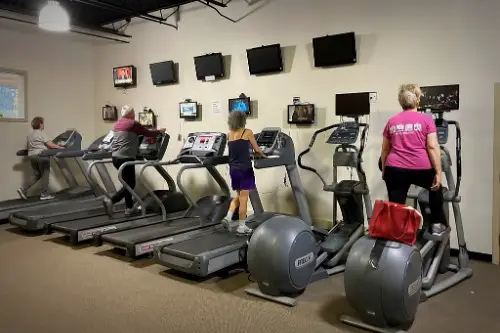
Decades ago, gym memberships were reserved for the wealthy, and exercise equipment at home was considered unnecessary. Most people got their physical activity from daily chores, walking, or manual labor. Now, fitness is seen as an essential part of health, with many people investing in gym memberships, home treadmills, or smart fitness trackers. Even workplaces and apartment buildings often provide on-site fitness centers as a standard perk.
Exercise is no longer just about staying in shape—it’s considered a vital part of preventing disease and maintaining mental health. Public health campaigns encourage people to move more, and technology like smartwatches has made tracking workouts an everyday habit. During the pandemic, at-home fitness equipment surged in popularity, solidifying its status as a basic need. What was once an elite lifestyle choice is now a core part of modern living.
14. Security Systems and Doorbell Cameras
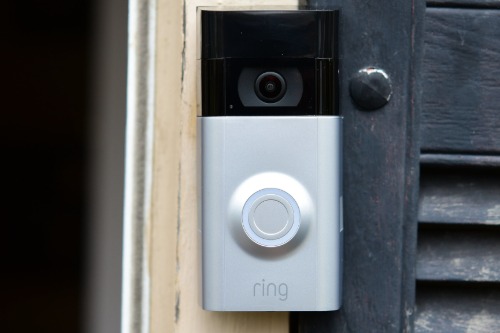
Home security used to be something only the wealthy worried about, with expensive alarm systems and gated properties. Most people relied on basic locks, neighbors, and local law enforcement for protection. Today, smart security systems and doorbell cameras are an expectation for homeowners and even renters. With the rise of package theft, break-ins, and smart home technology, security has become a priority for many.
Affordable options like Ring, Nest, and ADT make it easy for anyone to monitor their home from a smartphone. Many neighborhoods now have community watch programs that use security cameras to deter crime. Even apartment complexes offer built-in security features as a selling point. What was once a high-end luxury is now a standard part of feeling safe at home.
15. Air Travel
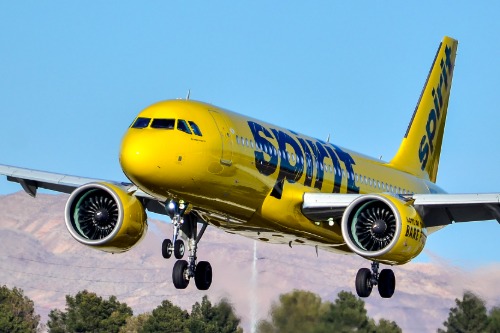
Flying used to be a luxury, with passengers dressing in their best clothes and receiving first-class treatment. It was expensive, exclusive, and something many families only experienced once in a lifetime, if ever. Today, air travel is a common mode of transportation, with budget airlines making it more accessible than ever. Millions of people fly regularly for work, vacations, and even everyday errands like visiting family.
The shift happened as airlines introduced cheaper tickets and loyalty programs, making travel more affordable for the average person. Business travel, remote work, and global connectivity have made air travel a necessity for many industries. Even students and young travelers now see flying as a normal part of life. What was once a glamorous privilege is now just another way to get from point A to point B.
16. Ride-Sharing Services
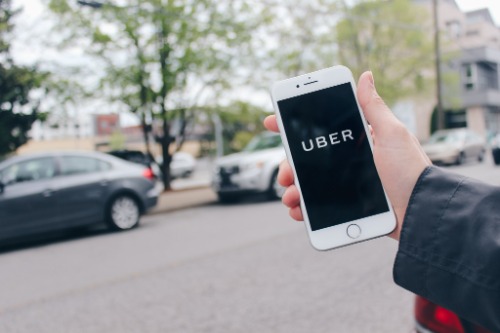
Taxis used to be the only way to get a ride if you didn’t own a car, and they were expensive and limited to big cities. If you needed transportation in a smaller town or suburb, you were often out of luck. Now, Uber and Lyft have made ride-sharing an everyday service that people rely on for commuting, airport travel, and even running errands. Having access to a ride at the tap of a button has made car ownership less necessary for many.
Ride-sharing has transformed how people think about transportation, especially in urban areas where parking is a hassle. Many people use these services daily, whether it’s for getting home safely after a night out or avoiding the stress of driving in traffic. Public transit systems have even partnered with ride-sharing companies to fill gaps in service. What was once a luxury for the wealthy is now an essential part of modern mobility.
17. Childcare and Babysitting
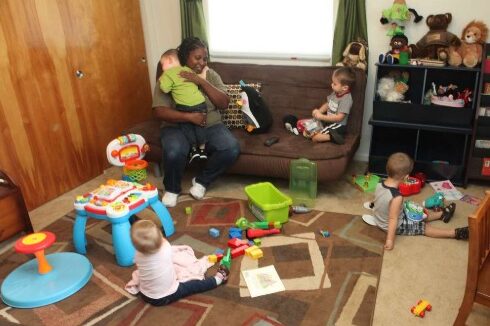
A few generations ago, childcare was usually handled by extended family, with grandparents or older siblings stepping in to help. Babysitters were a luxury for special occasions, and daycare centers were relatively rare. Today, paid childcare is a necessity for working parents, with many families spending thousands of dollars a year on daycare or nannies. Dual-income households are now the norm, making childcare an unavoidable expense.
The rising cost of living means that most families can’t afford to have one parent stay home full-time. Workplace policies often assume parents have reliable childcare, making it hard to juggle work and family life without it. Government programs and employers have started offering childcare assistance because it’s recognized as a necessity. What used to be an occasional help is now a major industry that millions rely on.
18. Mental Health Services

Therapy and mental health care used to be seen as something only the rich could afford or something reserved for severe cases. Many people suffered in silence because seeking help was expensive and often stigmatized. Today, mental health is recognized as a crucial part of overall well-being, with therapy and counseling services becoming mainstream. Many insurance plans now cover mental health, and workplaces even offer therapy benefits.
The rise of teletherapy and mental health apps has made accessing help easier than ever. Schools and universities provide counseling services to students as a basic resource. Even celebrities and influencers openly discuss therapy, making it more socially acceptable. What was once a luxury for the privileged is now an expected part of self-care and healthcare.


